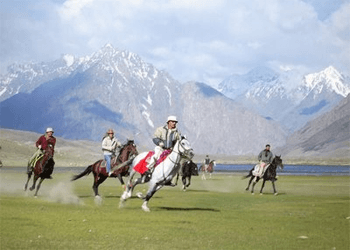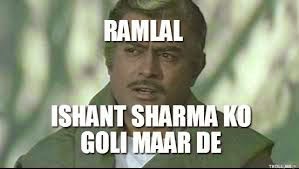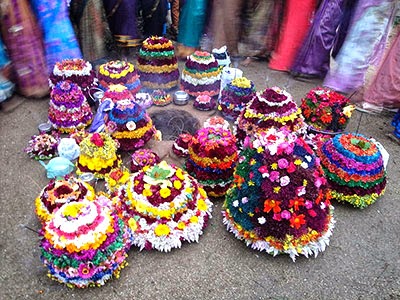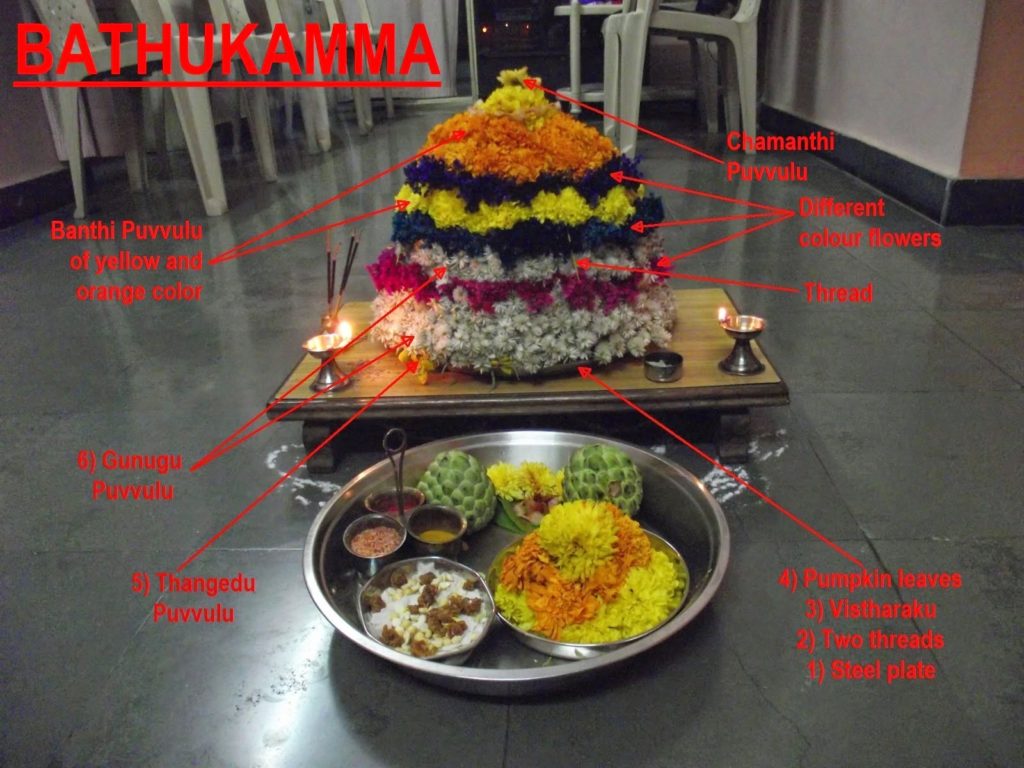…..the shooting of the elephant…..The
owner was furious, but he was only an Indian and could do nothing….legally I had done the right thing, for a mad elephant has to
be killed if its owner fails to control it…
….Among the
Europeans opinion was divided. The older men said I was right, the
younger men said it was a damn shame to shoot an elephant for killing a
coolie, because an elephant was worth more than any damn Coringhee
coolie…
….I often wondered whether any of the others
grasped that I had done it solely to avoid looking a fool……
…………………
George Orwell has a fascinating account of how imperialism corrupts people, both the ruler and the ruled.
It is a good thing to remember while we see
imperialism coming back in a big way- ranging from
let us have some clean fun with elegant women (soft- Thailand) to
let us stone women to death (harsh- Iraqi Caliphate).
In Moulmein, in lower Burma, I was hated by large numbers of people –
the only time in my life that I have been important enough for this to
happen to me. I was sub-divisional police officer of the town, and in an
aimless, petty kind of way anti-European feeling was very bitter.
No
one had the guts to raise a riot, but if a European woman went through
the bazaars alone somebody would probably spit betel juice over her
dress. As a police officer I was an obvious target and was baited
whenever it seemed safe to do so. When a nimble Burman tripped me up on
the football field and the referee (another Burman) looked the other
way, the crowd yelled with hideous laughter. This happened more than
once. In the end the sneering yellow faces of young men that met me
everywhere, the insults hooted after me when I was at a safe distance,
got badly on my nerves.
The young Buddhist priests were the worst of
all. There were several thousands of them in the town and none of them
seemed to have anything to do except stand on street corners and jeer at
Europeans.
All this was perplexing and upsetting. For at that
time I had already made up my mind that imperialism was an evil thing
and the sooner I chucked up my job and got out of it the better.
Theoretically – and secretly, of course – I was all for the Burmese and
all against their oppressors, the British.
As for the job I was doing, I
hated it more bitterly than I can perhaps make clear. In a job like
that you see the dirty work of Empire at close quarters. The wretched
prisoners huddling in the stinking cages of the lock-ups, the grey,
cowed faces of the long-term convicts, the scarred buttocks of the men
who had been Bogged with bamboos – all these oppressed me with an
intolerable sense of guilt. But I could get nothing into perspective. I
was young and ill-educated and I had had to think out my problems in the
utter silence that is imposed on every Englishman in the East.
I did
not even know that the British Empire is dying, still less did I know
that it is a great deal better than the younger empires that are going
to supplant it. All I knew was that I was stuck between my hatred of the
empire I served and my rage against the evil-spirited little beasts who
tried to make my job impossible.
With one part of my mind I thought of
the British Raj as an unbreakable tyranny, as something clamped down, in
saecula saeculorum, upon the will of prostrate peoples; with another
part I thought that the greatest joy in the world would be to drive a
bayonet into a Buddhist priest’s guts. Feelings like these are the
normal by-products of imperialism; ask any Anglo-Indian official, if you
can catch him off duty.
One day something happened which in a
roundabout way was enlightening. It was a tiny incident in itself, but
it gave me a better glimpse than I had had before of the real nature of
imperialism – the real motives for which despotic governments act. Early
one morning the sub-inspector at a police station the other end of the
town rang me up on the phone and said that an elephant was ravaging the
bazaar. Would I please come and do something about it? I did not know
what I could do, but I wanted to see what was happening and I got on to a
pony and started out. I took my rifle, an old 44 Winchester and much
too small to kill an elephant, but I thought the noise might be useful
in terrorem.
Various Burmans stopped me on the way and told me about the
elephant’s doings. It was not, of course, a wild elephant, but a tame
one which had gone “must.” It had been chained up, as tame elephants
always are when their attack of “must” is due, but on the previous night
it had broken its chain and escaped. Its mahout, the only person who
could manage it when it was in that state, had set out in pursuit, but
had taken the wrong direction and was now twelve hours’ journey away,
and in the morning the elephant had suddenly reappeared in the town. The
Burmese population had no weapons and were quite helpless against it.
It had already destroyed somebody’s bamboo hut, killed a cow and raided
some fruit-stalls and devoured the stock; also it had met the municipal
rubbish van and, when the driver jumped out and took to his heels, had
turned the van over and inflicted violences upon it.
The Burmese
sub-inspector and some Indian constables were waiting for me in the
quarter where the elephant had been seen. It was a very poor quarter, a
labyrinth of squalid bamboo huts, thatched with palmleaf, winding all
over a steep hillside. I remember that it was a cloudy, stuffy morning
at the beginning of the rains. We began questioning the people as to
where the elephant had gone and, as usual, failed to get any definite
information. That is invariably the case in the East; a story always
sounds clear enough at a distance, but the nearer you get to the scene
of events the vaguer it becomes. Some of the people said that the
elephant had gone in one direction, some said that he had gone in
another, some professed not even to have heard of any elephant.
I had
almost made up my mind that the whole story was a pack of lies, when we
heard yells a little distance away. There was a loud, scandalized cry of
“Go away, child! Go away this instant!” and an old woman with a switch
in her hand came round the corner of a hut, violently shooing away a
crowd of naked children. Some more women followed, clicking their
tongues and exclaiming; evidently there was something that the children
ought not to have seen.
I rounded the hut and saw a man’s dead body
sprawling in the mud. He was an Indian, a black Dravidian coolie, almost
naked, and he could not have been dead many minutes. The people said
that the elephant had come suddenly upon him round the corner of the
hut, caught him with its trunk, put its foot on his back and ground him
into the earth.
This was the rainy season and the ground was soft, and
his face had scored a trench a foot deep and a couple of yards long. He
was lying on his belly with arms crucified and head sharply twisted to
one side. His face was coated with mud, the eyes wide open, the teeth
bared and grinning with an expression of unendurable agony. (Never tell
me, by the way, that the dead look peaceful. Most of the corpses I have
seen looked devilish.) The friction of the great beast’s foot had
stripped the skin from his back as neatly as one skins a rabbit. As soon
as I saw the dead man I sent an orderly to a friend’s house nearby to
borrow an elephant rifle. I had already sent back the pony, not wanting
it to go mad with fright and throw me if it smelt the elephant.
The
orderly came back in a few minutes with a rifle and five cartridges,
and meanwhile some Burmans had arrived and told us that the elephant was
in the paddy fields below, only a few hundred yards away. As I started
forward practically the whole population of the quarter flocked out of
the houses and followed me. They had seen the rifle and were all
shouting excitedly that I was going to shoot the elephant. They had not
shown much interest in the elephant when he was merely ravaging their
homes, but it was different now that he was going to be shot. It was a
bit of fun to them, as it would be to an English crowd; besides they
wanted the meat. It made me vaguely uneasy.
I had no intention of
shooting the elephant – I had merely sent for the rifle to defend myself
if necessary – and it is always unnerving to have a crowd following
you. I marched down the hill, looking and feeling a fool, with the rifle
over my shoulder and an ever-growing army of people jostling at my
heels. At the bottom, when you got away from the huts, there was a
metalled road and beyond that a miry waste of paddy fields a thousand
yards across, not yet ploughed but soggy from the first rains and dotted
with coarse grass. The elephant was standing eight yards from the road,
his left side towards us. He took not the slightest notice of the
crowd’s approach. He was tearing up bunches of grass, beating them
against his knees to clean them and stuffing them into his mouth.
I
had halted on the road. As soon as I saw the elephant I knew with
perfect certainty that I ought not to shoot him. It is a serious matter
to shoot a working elephant – it is comparable to destroying a huge and
costly piece of machinery – and obviously one ought not to do it if it
can possibly be avoided. And at that distance, peacefully eating, the
elephant looked no more dangerous than a cow. I thought then and I think
now that his attack of “must” was already passing off; in which case he
would merely wander harmlessly about until the mahout came back and
caught him. Moreover, I did not in the least want to shoot him. I
decided that I would watch him for a little while to make sure that he
did not turn savage again, and then go home.
But at that moment I
glanced round at the crowd that had followed me. It was an immense
crowd, two thousand at the least and growing every minute. It blocked
the road for a long distance on either side. I looked at the sea of
yellow faces above the garish clothes-faces all happy and excited over
this bit of fun, all certain that the elephant was going to be shot.
They were watching me as they would watch a conjurer about to perform a
trick. They did not like me, but with the magical rifle in my hands I
was momentarily worth watching. And suddenly I realized that I should
have to shoot the elephant after all. The people expected it of me and I
had got to do it; I could feel their two thousand wills pressing me
forward, irresistibly.
And it was at this moment, as I stood there with
the rifle in my hands, that I first grasped the hollowness, the futility
of the white man’s dominion in the East.
Here was I, the white man with
his gun, standing in front of the unarmed native crowd – seemingly the
leading actor of the piece; but in reality I was only an absurd puppet
pushed to and fro by the will of those yellow faces behind. I perceived
in this moment that when the white man turns tyrant it is his own
freedom that he destroys. He becomes a sort of hollow, posing dummy, the
conventionalized figure of a sahib. For it is the condition of his rule
that he shall spend his life in trying to impress the “natives,” and so
in every crisis he has got to do what the “natives” expect of him. He
wears a mask, and his face grows to fit it.
I had got to shoot the
elephant. I had committed myself to doing it when I sent for the rifle. A
sahib has got to act like a sahib; he has got to appear resolute, to
know his own mind and do definite things. To come all that way, rifle in
hand, with two thousand people marching at my heels, and then to trail
feebly away, having done nothing – no, that was impossible. The crowd
would laugh at me. And my whole life, every white man’s life in the
East, was one long struggle not to be laughed at.
But I did not
want to shoot the elephant. I watched him beating his bunch of grass
against his knees, with that preoccupied grandmotherly air that
elephants have. It seemed to me that it would be murder to shoot him. At
that age I was not squeamish about killing animals, but I had never
shot an elephant and never wanted to. (Somehow it always seems worse to
kill a large animal.)
Besides, there was the beast’s owner to be
considered. Alive, the elephant was worth at least a hundred pounds;
dead, he would only be worth the value of his tusks, five pounds,
possibly. But I had got to act quickly. I turned to some
experienced-looking Burmans who had been there when we arrived, and
asked them how the elephant had been behaving. They all said the same
thing: he took no notice of you if you left him alone, but he might
charge if you went too close to him.
It was perfectly clear to me
what I ought to do. I ought to walk up to within, say, twenty-five
yards of the elephant and test his behavior. If he charged, I could
shoot; if he took no notice of me, it would be safe to leave him until
the mahout came back. But also I knew that I was going to do no such
thing. I was a poor shot with a rifle and the ground was soft mud into
which one would sink at every step.
If the elephant charged and I missed
him, I should have about as much chance as a toad under a steam-roller.
But even then I was not thinking particularly of my own skin, only of
the watchful yellow faces behind. For at that moment, with the crowd
watching me, I was not afraid in the ordinary sense, as I would have
been if I had been alone. A white man mustn’t be frightened in front of
“natives”; and so, in general, he isn’t frightened. The sole thought in
my mind was that if anything went wrong those two thousand Burmans would
see me pursued, caught, trampled on and reduced to a grinning corpse
like that Indian up the hill. And if that happened it was quite probable
that some of them would laugh. That would never do.
There was
only one alternative. I shoved the cartridges into the magazine and lay
down on the road to get a better aim. The crowd grew very still, and a
deep, low, happy sigh, as of people who see the theatre curtain go up at
last, breathed from innumerable throats. They were going to have their
bit of fun after all. The rifle was a beautiful German thing with
cross-hair sights. I did not then know that in shooting an elephant one
would shoot to cut an imaginary bar running from ear-hole to ear-hole. I
ought, therefore, as the elephant was sideways on, to have aimed
straight at his ear-hole, actually I aimed several inches in front of
this, thinking the brain would be further forward.
When I pulled
the trigger I did not hear the bang or feel the kick – one never does
when a shot goes home – but I heard the devilish roar of glee that went
up from the crowd. In that instant, in too short a time, one would have
thought, even for the bullet to get there, a mysterious, terrible change
had come over the elephant. He neither stirred nor fell, but every line
of his body had altered. He looked suddenly stricken, shrunken,
immensely old, as though the frightful impact of the bullet had
paralysed him without knocking him down.
At last, after what seemed a
long time – it might have been five seconds, I dare say – he sagged
flabbily to his knees. His mouth slobbered. An enormous senility seemed
to have settled upon him. One could have imagined him thousands of years
old. I fired again into the same spot. At the second shot he did not
collapse but climbed with desperate slowness to his feet and stood
weakly upright, with legs sagging and head drooping. I fired a third
time. That was the shot that did for him. You could see the agony of it
jolt his whole body and knock the last remnant of strength from his
legs. But in falling he seemed for a moment to rise, for as his hind
legs collapsed beneath him he seemed to tower upward like a huge rock
toppling, his trunk reaching skyward like a tree. He trumpeted, for the
first and only time. And then down he came, his belly towards me, with a
crash that seemed to shake the ground even where I lay.
I got
up. The Burmans were already racing past me across the mud. It was
obvious that the elephant would never rise again, but he was not dead.
He was breathing very rhythmically with long rattling gasps, his great
mound of a side painfully rising and falling. His mouth was wide open – I
could see far down into caverns of pale pink throat. I waited a long
time for him to die, but his breathing did not weaken.
Finally I fired
my two remaining shots into the spot where I thought his heart must be.
The thick blood welled out of him like red velvet, but still he did not
die. His body did not even jerk when the shots hit him, the tortured
breathing continued without a pause. He was dying, very slowly and in
great agony, but in some world remote from me where not even a bullet
could damage him further. I felt that I had got to put an end to that
dreadful noise. It seemed dreadful to see the great beast Lying there,
powerless to move and yet powerless to die, and not even to be able to
finish him. I sent back for my small rifle and poured shot after shot
into his heart and down his throat. They seemed to make no impression.
The tortured gasps continued as steadily as the ticking of a clock.
In
the end I could not stand it any longer and went away. I heard later
that it took him half an hour to die. Burmans were bringing dash and
baskets even before I left, and I was told they had stripped his body
almost to the bones by the afternoon.
Afterwards, of course,
there were endless discussions about the shooting of the elephant. The
owner was furious, but he was only an Indian and could do nothing.
Besides, legally I had done the right thing, for a mad elephant has to
be killed, like a mad dog, if its owner fails to control it.
Among the
Europeans opinion was divided. The older men said I was right, the
younger men said it was a damn shame to shoot an elephant for killing a
coolie, because an elephant was worth more than any damn Coringhee
coolie. And afterwards I was very glad that the coolie had been killed;
it put me legally in the right and it gave me a sufficient pretext for
shooting the elephant. I often wondered whether any of the others
grasped that I had done it solely to avoid looking a fool.
……….
Link: http://www.online-literature.com/orwell/887/
…….
regards





















